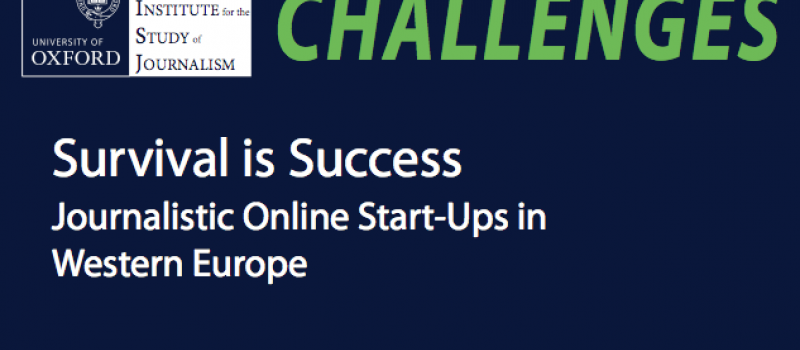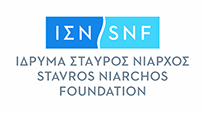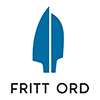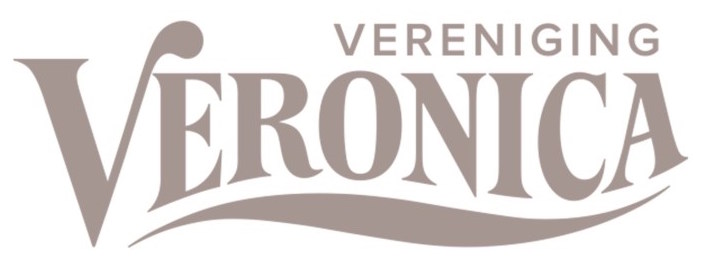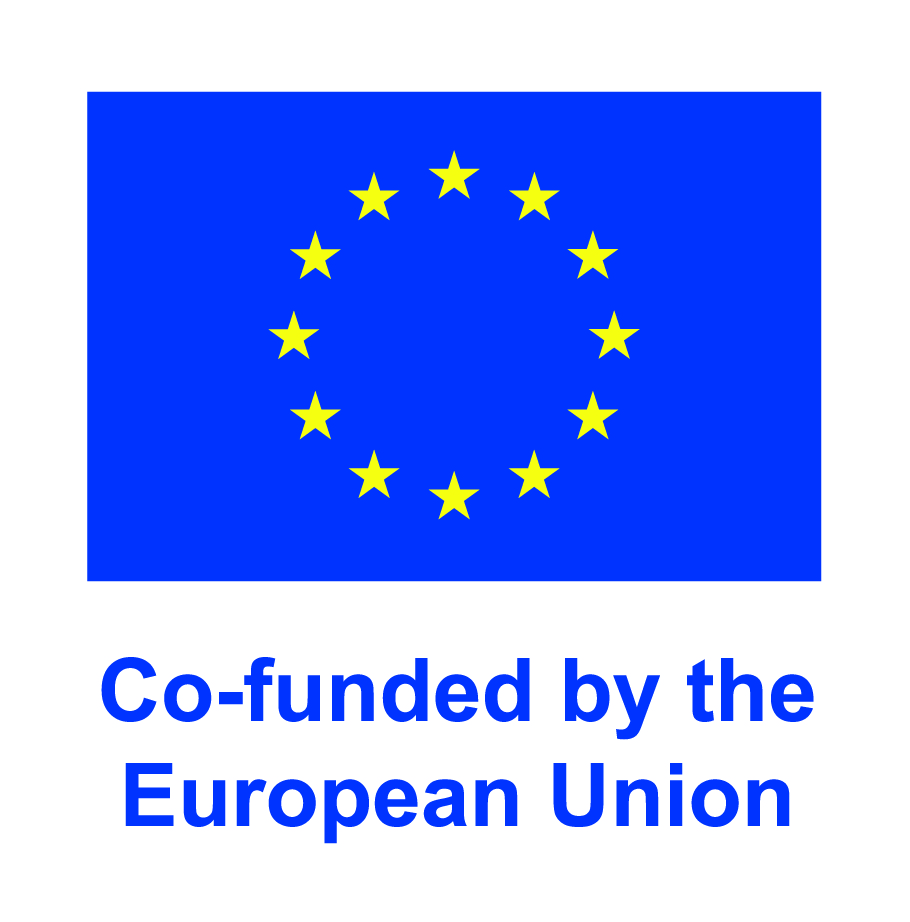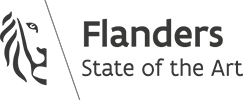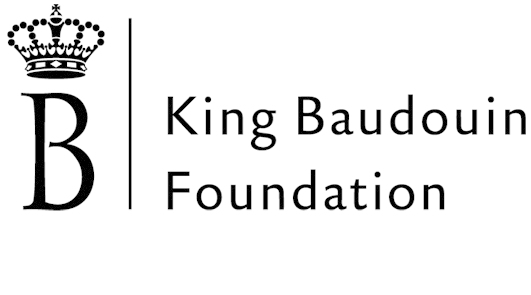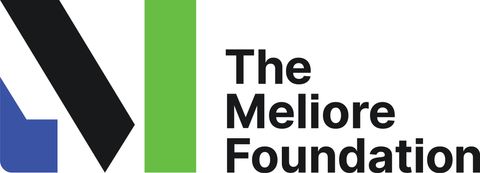
OXFORD - A study by the Reuters Institute for the Study of Journalism focusing on the Western European online news landscape analysed nine journalistic online start-ups from Germany, France and Italy. Out of all nine organisations examined only two broke even: the French Mediapart and the German Perlentaucher.
While Perlentaucher is basically a small-scale, low-cost organisation surviving through a loyal community of readers gathered around qualitative coverage of culture, Mediapart is a major player in France, bringing exclusive investigative pieces and objective quality journalism.
The Mediapart case is an interesting one, since Mediapart is the only one of all nine start-ups that decided to compete with legacy media organisations that “almost all continue to command stronger brands, larger newsrooms, and produce more original content than any new entrant”. It succeeded by breaking decidedly with its country’s tradition of opinionated and politically or financially tied media organisations, positioning itself from the very start onward as an independent news organisation furthering watchdog journalism.
Mediapart was launched in March 2008 after a six-month online campaign securing 10,000 paying subscribers. There was a lot of scepticism in mainstream media at the time of Mediapart’s launch. A working business model for online content was yet to be found; the project received approximately €3m Euros in initial funding while operating costs were budgeted at about €4.5m a year. By persistently focusing on their key ambition of bringing hard-boiled investigative journalism, however, the founders managed to steadily increase the number of paying subscribers from 10,000 in the beginning of 2008 to about 20,000 in 2010. In June of that year Mediapart published stories based on recordings in which L’Oréal heiress Liliane Bettencourt indicated that she might have avoided paying taxes by keeping a substantial amount of cash in undeclared Swiss bank accounts. All this happened with the full knowledge and protection of top people in President Sarkozy’s UMP party, which in turn benefited from sizeable donations from Bettencourt. Le Monde’s decision not to use the recordings underscored Mediapart’s position as the only journalistic watchdog in the country. The affair led to nationwide media attention for Mediapart. As a result, by the end of 2010 the number of subscriptions had more than doubled to 45,000.
While the first three operating years resulted in a cumulative loss of more than €6m, Mediapart managed to break even by 2012. At this time, 95% of the total revenues come from paying subscribers (a subscription costs €9 a month), the rest from content syndication or the sale of e-books. The project also receives €200.000 per year as subsidies from the state, which is interesting, politicians being one of its main targets.
Mediapart’s success was undeniably sped up by the Bettencourt case, most of its German and Italian counterparts still looking for a larger audience in order to be sustainable in the long run. But in the end it was Mediapart’s radical approach and focus on independent investigative reporting that made it work. The project now runs on a sizeable newsroom staffed by 25 journalists, many of them experienced veterans, which shows that a profitable business model for online news does indeed exist.
Find the report here.
By Rafael Njotea
